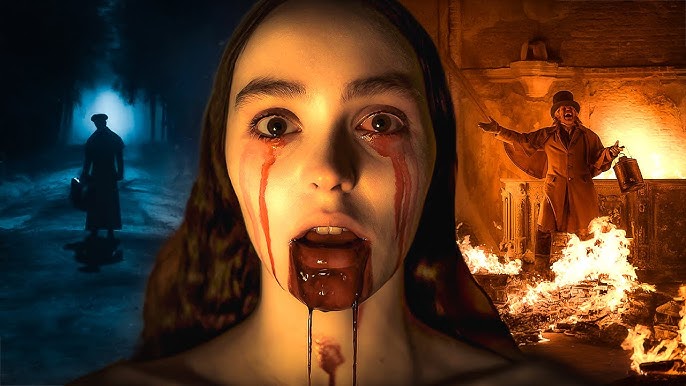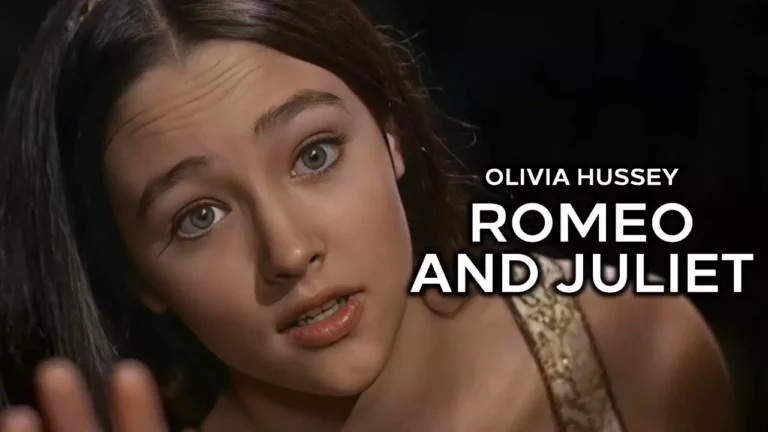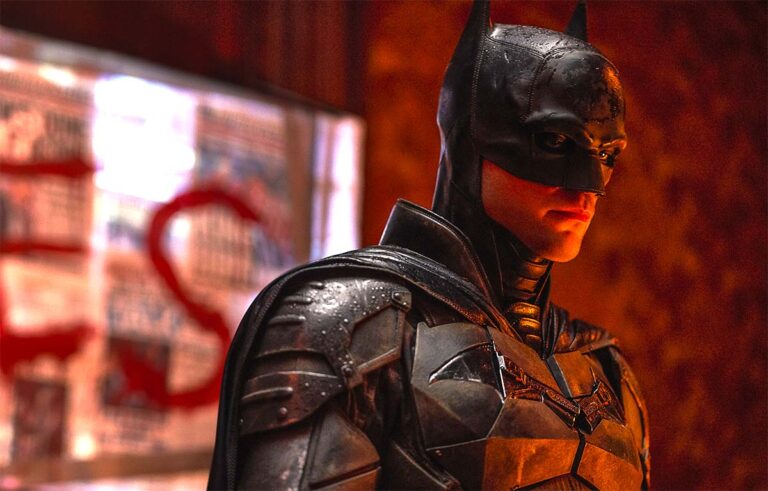
Nosferatu (2024): A Bone-Chilling Masterpiece of Vampiric Terror
Introduction
Cinema has long been fascinated with the macabre, and few names in horror have left as indelible a mark as Nosferatu. Originally released in 1922 as a silent film directed by F.W. Murnau, it introduced audiences to the terrifying figure of Count Orlok, a grotesque and haunting vampire. A century later, Robert Eggers, known for his atmospheric and meticulously crafted films like The Witch and The Lighthouse, has revived this seminal work with a modern twist in his 2024 adaptation of Nosferatu.
Released on December 25, 2024, this reimagining stars Bill Skarsgård as the sinister Count Orlok, Lily-Rose Depp as the virtuous Ellen Hutter, and Nicholas Hoult as her husband, Thomas Hutter. Eggers’ Nosferatu brings the tale back to life with an atmospheric blend of historical accuracy, gothic aesthetics, and chilling horror, proving that some monsters never lose their grip on our fears.
(Facebook: Like, X: Follow, Telegram: Join us)
A Fresh Take on an Iconic Tale

Nosferatu (2024) is not a straightforward remake but rather a deeply imaginative reinterpretation of Murnau’s classic. Eggers, celebrated for his commitment to historical authenticity, has crafted a film that feels both rooted in its time and eerily timeless.
The film revisits the original story of Thomas Hutter, a real estate agent sent to a remote castle in Transylvania to finalize a property deal with Count Orlok. However, what starts as a business transaction soon descends into horror as Hutter uncovers Orlok’s vampiric nature and his sinister plans for Ellen, Hutter’s wife.
Eggers’ adaptation delves deeper into the emotional and psychological aspects of the characters. Ellen is given more agency, and her character explores themes of love, sacrifice, and defiance against malevolent forces. Meanwhile, Count Orlok is not merely a creature of horror but also a tragic figure, cursed to an eternity of solitude and bloodlust.
Bill Skarsgård’s Sinister Count Orlok

Bill Skarsgård, already known for his chilling portrayal of Pennywise in It, steps into the role of Count Orlok with unnerving ease. His performance is a masterclass in subtle menace. Unlike the romanticized vampires of modern cinema, Orlok is grotesque and repellent, yet Skarsgård imbues him with a strange, tragic dignity that makes him both horrifying and pitiable.
The physical transformation Skarsgård underwent for the role is extraordinary. From his gaunt frame to his elongated fingers and pale, almost translucent skin, his Orlok is a nightmarish vision. Yet it is his eyes—filled with centuries of pain and unrelenting hunger—that truly haunt the viewer.
Lily-Rose Depp’s Mesmerizing Ellen Hutter

Lily-Rose Depp delivers a career-defining performance as Ellen Hutter. In Eggers’ hands, Ellen is no longer a passive victim but a strong-willed protagonist. Her determination to protect her loved ones and confront the horrors of Count Orlok gives the story a fresh and empowering dynamic.
Depp’s portrayal is both delicate and fierce, capturing Ellen’s vulnerability and courage in equal measure. Critics have lauded her performance as the emotional core of the film, with some describing it as “spellbinding” and “a perfect counterpoint to Skarsgård’s monstrous Orlok.”
Atmospheric Brilliance: The Cinematography and Design

Eggers’ reputation for visual storytelling is on full display in Nosferatu (2024). The film’s cinematography, helmed by Jarin Blaschke, is nothing short of breathtaking. Using a palette of muted colors and deep shadows, the film evokes the look and feel of early cinema while embracing modern techniques.
The production design is another standout aspect. From the eerie, crumbling castle of Count Orlok to the quaint seaside town where the Hutter family resides, every location is meticulously crafted to immerse the audience in the film’s gothic world. The attention to detail extends to the costumes and props, which are historically accurate down to the smallest detail.
The sound design and score, composed by Mark Korven, add to the film’s unsettling atmosphere. The haunting melodies and discordant notes heighten the tension, making even the quietest moments feel charged with impending doom.
Themes and Symbolism in Nosferatu
Eggers’ Nosferatu is not just a horror film; it’s a meditation on timeless themes such as mortality, desire, and the conflict between good and evil. The film explores the fragility of human life in the face of an immortal predator, and the lengths to which love and sacrifice can transcend fear.
Count Orlok himself is a symbol of death and decay, a stark contrast to Ellen’s purity and vitality. This juxtaposition creates a powerful narrative tension, as Ellen’s willingness to confront Orlok represents humanity’s enduring resilience against the forces of darkness.
Critical Acclaim and Audience Reception
Upon its release, Nosferatu (2024) received widespread critical acclaim. On Rotten Tomatoes, the film boasts an 86% approval rating, with critics praising Eggers’ direction, the cast’s performances, and the film’s stunning visuals.
David Rooney of The Hollywood Reporter called the film “exciting, repulsive, and beautiful,” while IndieWire’s David Ehrlich described it as “a spellbinding work of art that redefines the boundaries of horror cinema.”
Audiences have been equally captivated. Social media reactions have celebrated the film’s gothic aesthetic, chilling atmosphere, and standout performances. Many viewers have expressed appreciation for Eggers’ commitment to honoring the original while bringing something entirely new to the table.
How Nosferatu Stands Out in Modern Horror
In an era dominated by jump scares and CGI-heavy horror films, Nosferatu stands out for its reliance on atmosphere and psychological tension. Eggers proves that true terror lies not in fleeting shocks but in the slow, relentless build-up of dread.
The film also bucks the trend of romanticizing vampires. Count Orlok is not a suave, brooding anti-hero but a monstrous predator. This return to the roots of vampire mythology is refreshing and serves as a reminder of why these creatures were feared in the first place.
FAQs
What is the release date of Nosferatu (2024)?
Nosferatu (2024) was released on December 25, 2024.
Who directed Nosferatu (2024)?
The film was directed by Robert Eggers, known for his work on The Witch and The Lighthouse.
Who stars in Nosferatu (2024)?
The film stars Bill Skarsgård as Count Orlok, Lily-Rose Depp as Ellen Hutter, and Nicholas Hoult as Thomas Hutter.
How does Nosferatu (2024) differ from the original?
While it retains the core story of the 1922 original, Eggers’ adaptation delves deeper into character development and themes, offering a more nuanced and emotionally resonant narrative.
Is Nosferatu (2024) scary?
Yes, the film is deeply unsettling, relying on atmosphere, psychological tension, and chilling visuals to evoke fear.
What makes Robert Eggers’ Nosferatu unique?
Eggers’ meticulous attention to detail, atmospheric direction, and ability to blend historical authenticity with gothic horror make his Nosferatu a standout adaptation.
Conclusion
Robert Eggers’ Nosferatu (2024) is a triumph of modern horror cinema. By honoring the legacy of Murnau’s original while infusing it with his own distinctive style, Eggers has crafted a film that is as hauntingly beautiful as it is terrifying.
From Bill Skarsgård’s menacing portrayal of Count Orlok to Lily-Rose Depp’s captivating performance as Ellen Hutter, every element of the film works in harmony to create an unforgettable cinematic experience. Whether you’re a fan of the original or new to the world of Nosferatu, this 2024 adaptation is a must-see for anyone who appreciates the art of horror.
Do Follow For More News : DailyForesight



